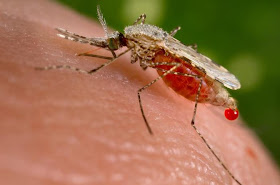Dog life has me on the go these days leaving little time to sit around dreaming up topics that might make an interesting blog post. All the corralling, trips to the vet or Pet Supermarket and filling in holes dug in the driveway tend to take the mind far from blogspot.com. I mean, concentration is a touch-and-go kind of thing when a thirty-six pound puppy is dragging twenty-five feet of hose-pipe around the yard or chewing on old asbestos shingles she found in the shed. If I’m completely honest though, all of it—excepting the asbestos shingles—is a daily joy.
Moving on from dogs, I was looking back at an old Japan blog post this morning, one showing a sketch and a journal excerpt, and I got the idea to re-post the sketch from a different angle. That part of the earlier post which caught my attention was not so much the sketch of tomatoes and a can of sardines as the thoughts about that particular March day written in the margins around the sketch.
The sketch and the words surrounding it are in my journal of the time, a Life Noble Note Plain notebook with cream paper. The sketch was done first in a 2B Mitsubishi pencil and then colored with Mitsubishi Uni Watercolor Pencils. The journal notes, as far as pen and ink go, are a little harder to discern because earlier and later pages in the journal leave no hint. Looking at it closely I am fairly certain that the ink is an old De Atramentis color called Jules Verne Deep Sea Blue and the pen used, a Sailor Profit with a 21k Naginata medium nib. As the handwriting might cause a problem for some, a cleaner version is below:
Friday, 5 March 2010 — Thinking of tomatoes and sardines for some reason. I have neither in my kitchen but wish I did. That and some saltine crackers. Feels like spring today, a change from the cold rain of yesterday, a day that typified everything about winter, the wet and the cold. Plum blossoms are in bloom in the garden below me, and the Japanese magnolia is full of buds.
Searching through my photographs of Kugayama I can find none of the ‘garden below me’ showing both the plum blossoms and the budding Japanese magnolia, but the one below is fairly close. At least the magnolia (tree with leaves of the lightest green) is budding though the plum tree is out of the picture. The red blooms at the far left are on a giant azalea at least ten feet in height. I was standing on my third-floor veranda when I took the picture; the house and garden belong to my landlord.
















































